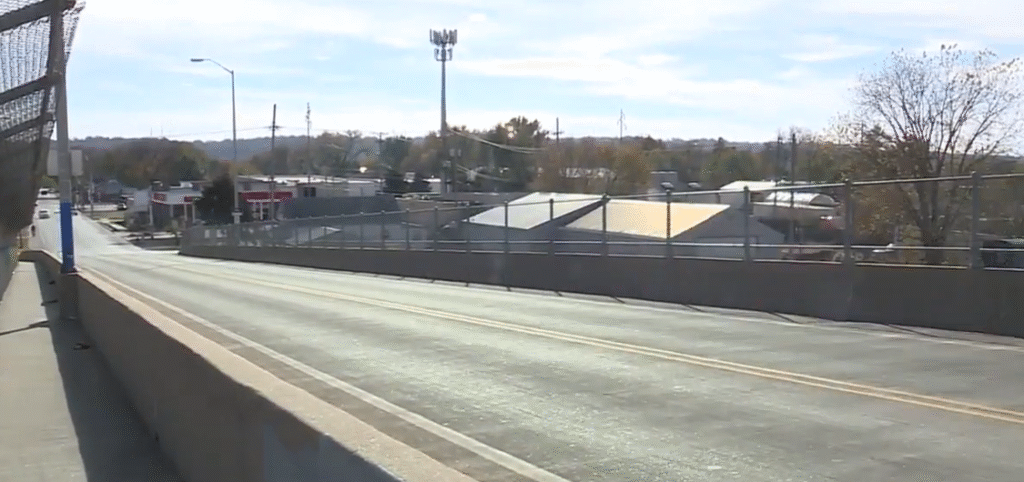Kansas has long been known for its wide-open spaces and fresh air, but in recent years, there has been a shift that locals are starting to notice in the haze over city skylines and feel in their lungs. With stronger regulations that drastically decreased pollutants like PM2.5 and ozone, the Clean Air Act produced noticeably better conditions for decades. However, evidence and personal experience now point to pressure on those gains.
As a major transportation hub, Kansas City has become one of the most polluted urban areas in the country due to its emissions and its role as a driver of economic growth. Kansas City was recently ranked 20th worst for year-round particle pollution in the US by the American Lung Association’s “State of the Air” report, which is inconsistent with the state’s self-perception. Although these tiny particles are invisible to the naked eye, they have the ability to deeply penetrate the lungs, causing asthma attacks, exacerbating heart conditions, and reducing life expectancy.
The discussion has changed over the last three years due to changes in the climate and weather patterns. Air quality indexes are now pushed into unhealthy ranges and blue skies are muted to gray by the unsettling regularity with which wildfire smoke drifts into Kansas from hundreds of miles away. The creation of ozone has benefited greatly from hotter summers, not for health reasons but rather for the chemical reactions that exacerbate smog and make it difficult for sensitive groups to breathe on some afternoons.
Kansas Air Quality – Key Facts
Reference: American Lung Association
| Category | Details |
|---|---|
| Location | Kansas, USA |
| Major Pollutants | PM2.5 (fine particulate matter), Ozone, Nitrogen Dioxide |
| Long-Term Trend | Historic improvements under Clean Air Act; recent declines noted |
| Areas of Concern | Kansas City metro, transportation corridors, industrial zones |
| Health Impact | Higher asthma rates, respiratory illness, cardiovascular risks |
| Vulnerable Groups | Children, older adults, pregnant women, communities of color |
| Key Contributors | Vehicle emissions, power generation, industrial activity |
| Notable Climate Factors | Wildfire smoke, hotter summers, volatile organic compounds |
| State Ranking | Kansas City ranked 20th worst for year-round particle pollution in U.S. |
| Community Actions | Clean air pledges, bike commuting, renewable energy advocacy |

Locals are reacting in very intimate ways. Consider Art Neely, a grandfather from Kansas City who rides a bicycle thirty miles each way once a week in an effort to cut down on his own emissions. He explains that his decision stems from his concern for the welfare of his three granddaughters, all of whom are younger than three. His experience is remarkably similar to that of others who have transformed personal concerns into modest but dependable actions—actions that, when multiplied, can reduce local pollution in a remarkable way.
These individual endeavors have been accompanied by an increase in civic engagement. By fusing science and personal accounts, campaigns like “Stand Up For Clean Air” encourage locals to share their #MyCleanAirStory. These initiatives are bringing the discussion from abstract numbers to pressing realities by connecting statistics to human experiences, such as older adults avoiding outdoor activities or children missing school because of asthma.
However, the sources of pollution continue to exist. Because of Kansas City’s location, there is always truck and freight traffic, and major corridors are lined with heavy diesel emissions. Power generation adds to the mix of nitrogen oxides and volatile organic compounds from industrial sites. These elements work together to produce a background level of pollution that is continuously inhaled even though it is occasionally invisible.
The effects on health are not dispersed equally. Lower-income neighborhoods and communities of color are disproportionately affected because they are more likely to reside close to highways or industrial areas. This trend is similar to national environmental justice issues, where some populations have fewer protections from air pollutants due to historical zoning and infrastructure decisions.
Events linked to climate change only make the problem worse. The lingering effects of extended heat waves, mold from flooding following severe storms, and smoke from West Coast wildfires are changing the definition of air pollution in Kansas. In addition to being produced locally, the pollutants that are currently of the biggest concern are also imported due to changing weather patterns.
It is evident to Susan Meister and Gail Naidl, sisters who grew up in Kansas City. Running through parks and neighborhoods as a child seems like a thing of the past. On days when air quality alerts are issued, they visit Loose Park and observe that there are fewer kids playing than they recall—a subtle but telling indication of parental caution. Although their own health has improved since moving to the country, they are still very worried about family members who are still in the city.
When it comes to business, declining air quality has quantifiable costs. It can raise healthcare costs, lower worker productivity, and deter potential new residents and investors from moving to a city. Forward-thinking businesses are starting to see investments in clean energy as not only morally right, but also very effective at maintaining long-term economic health.
Despite these worries, there is still hope. With wind and solar resources, Kansas is especially well-positioned to use renewable energy, which could drastically cut down on dependency on fossil fuels. Local government initiatives to modernize public transportation, increase urban tree cover, and electrify car fleets are not merely policy recommendations; they are steps toward safer and cleaner air for everybody.

